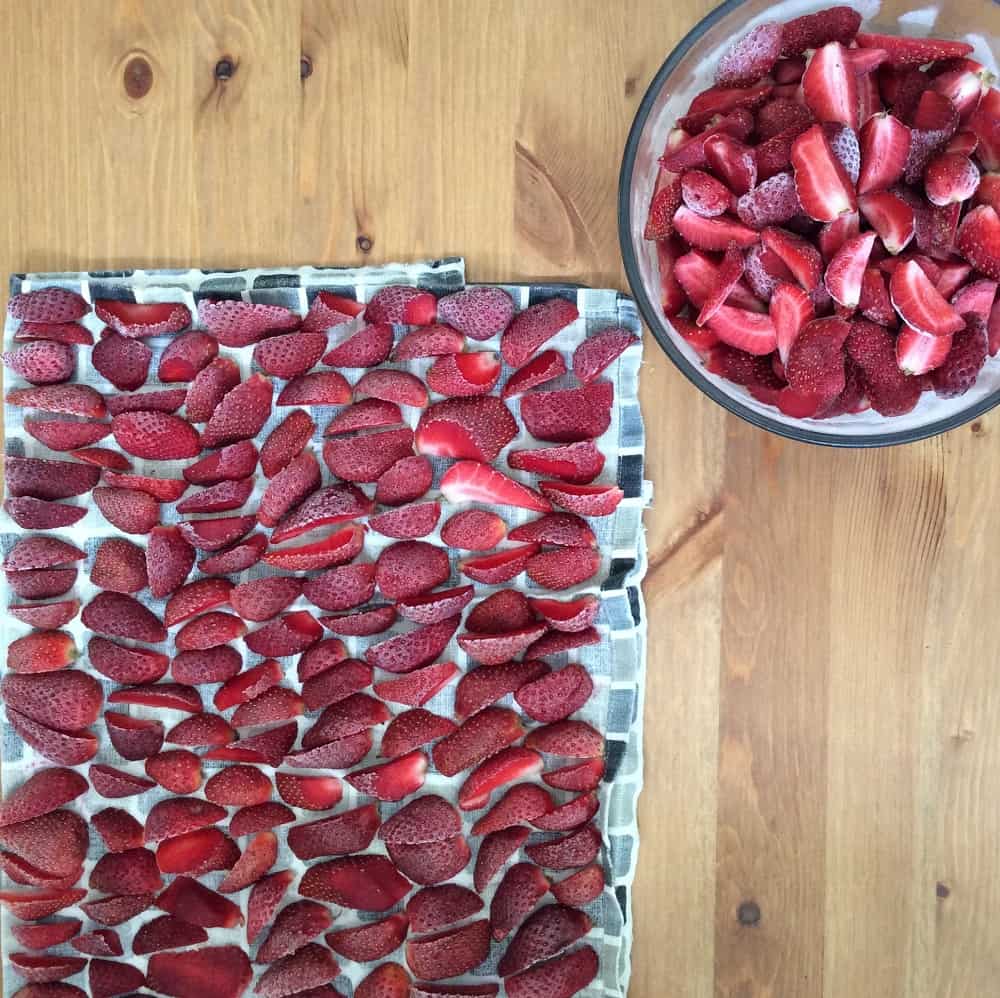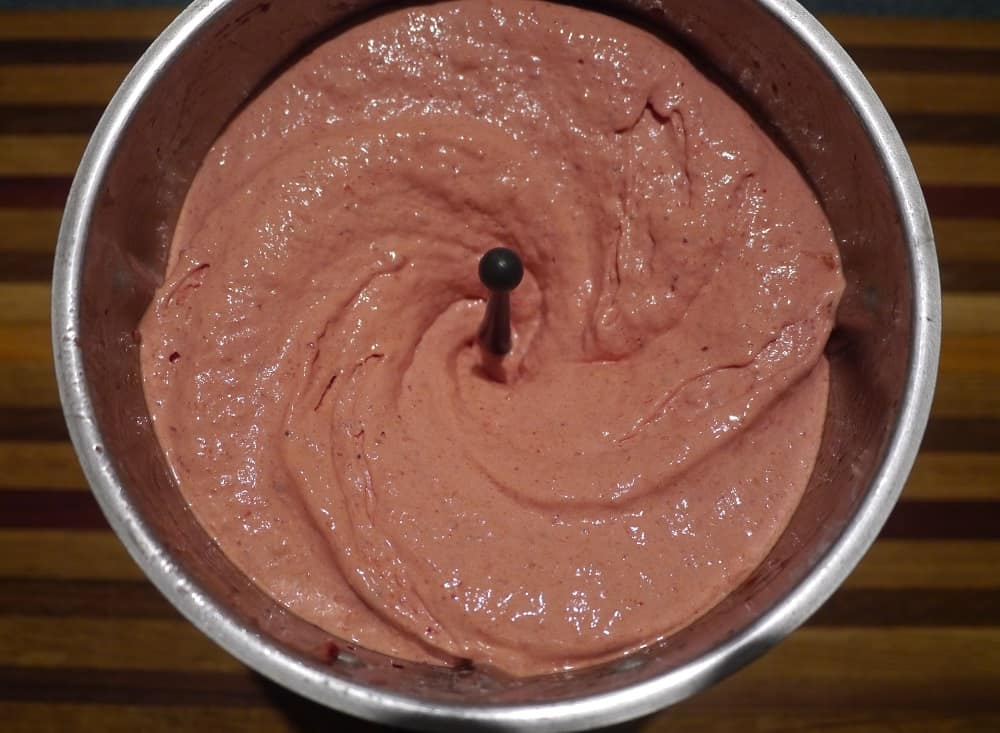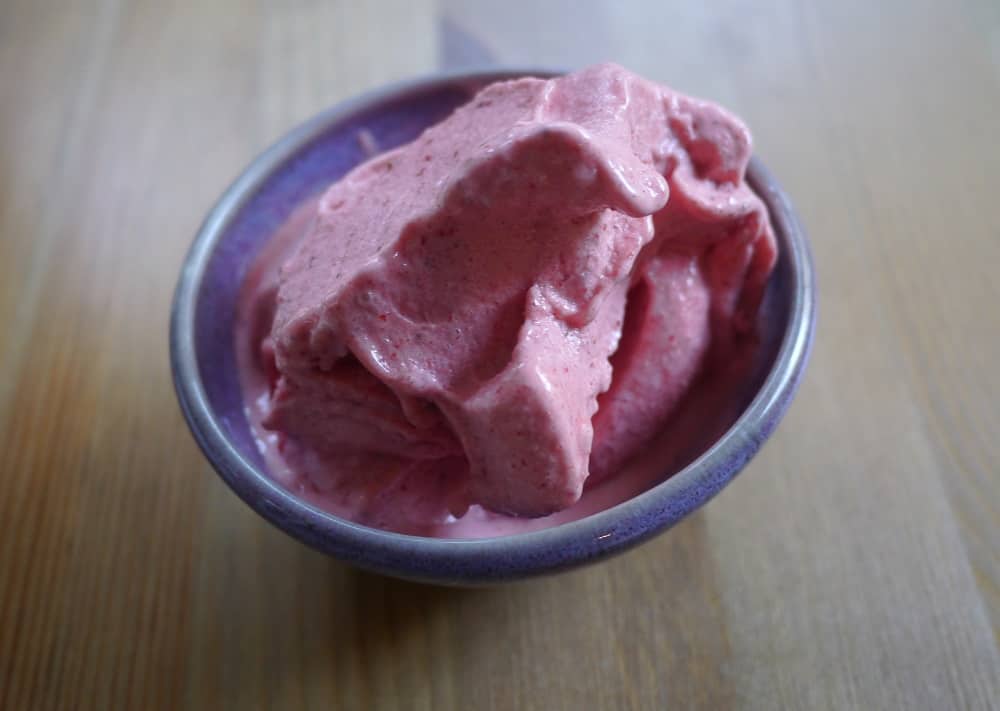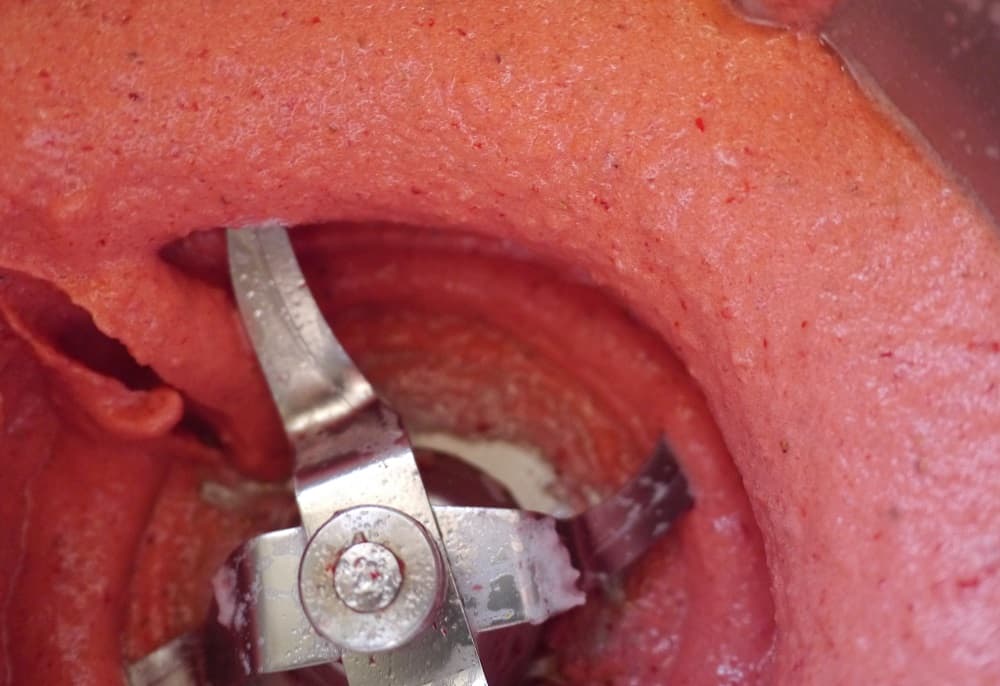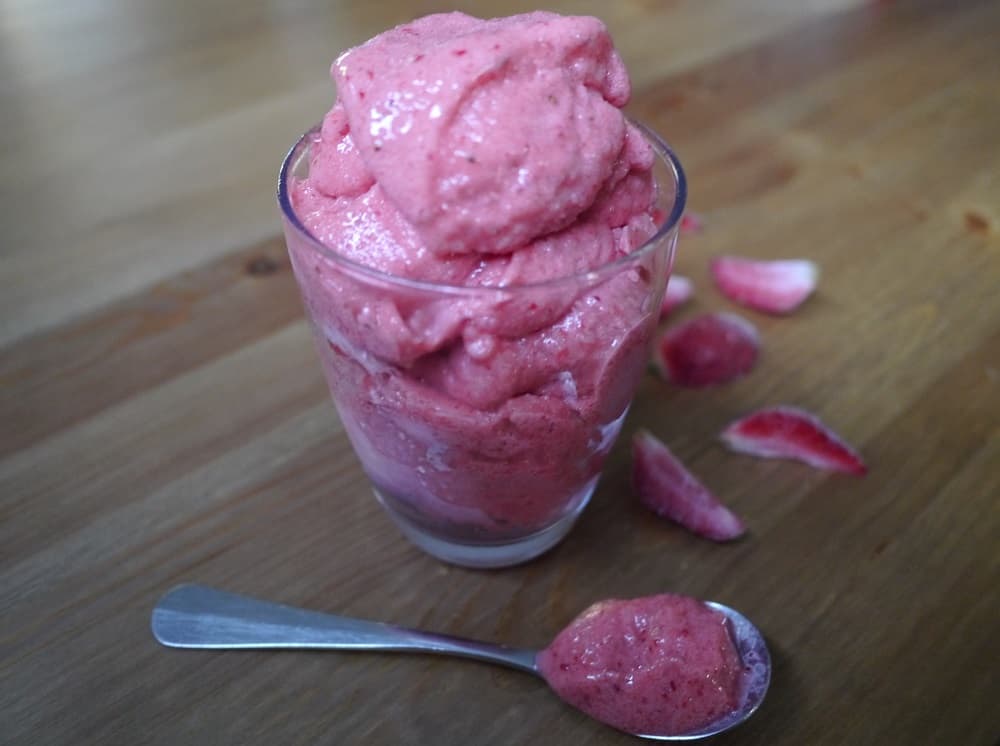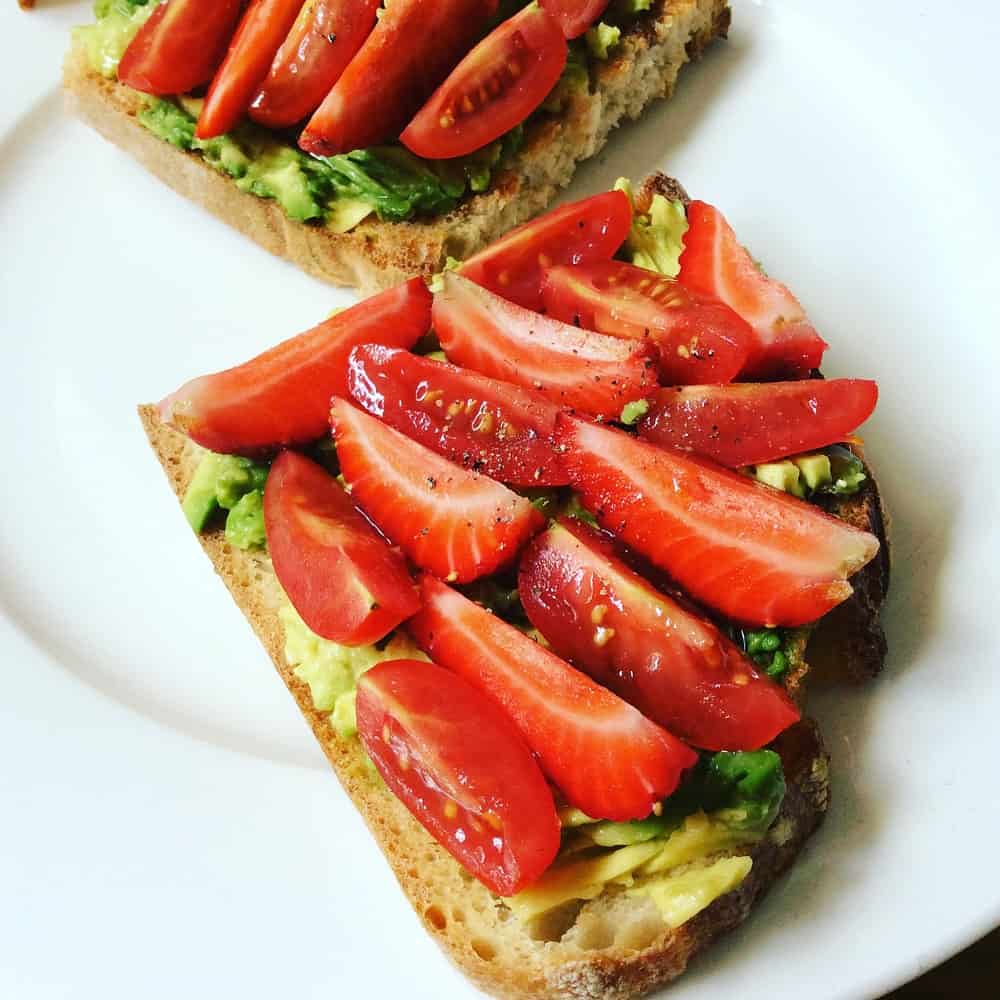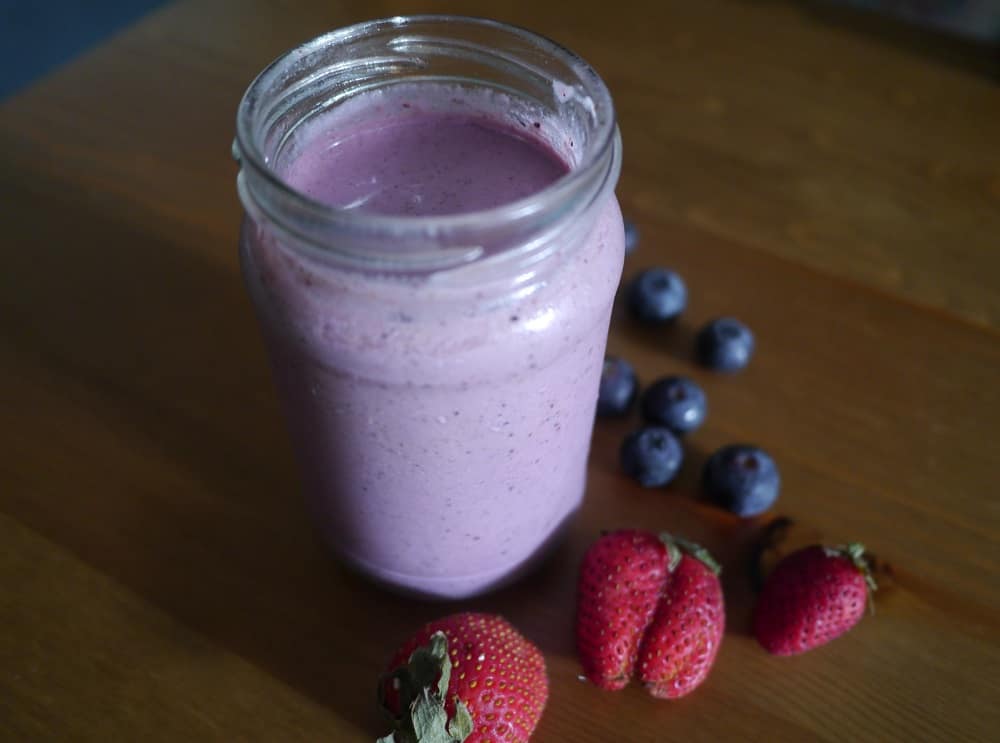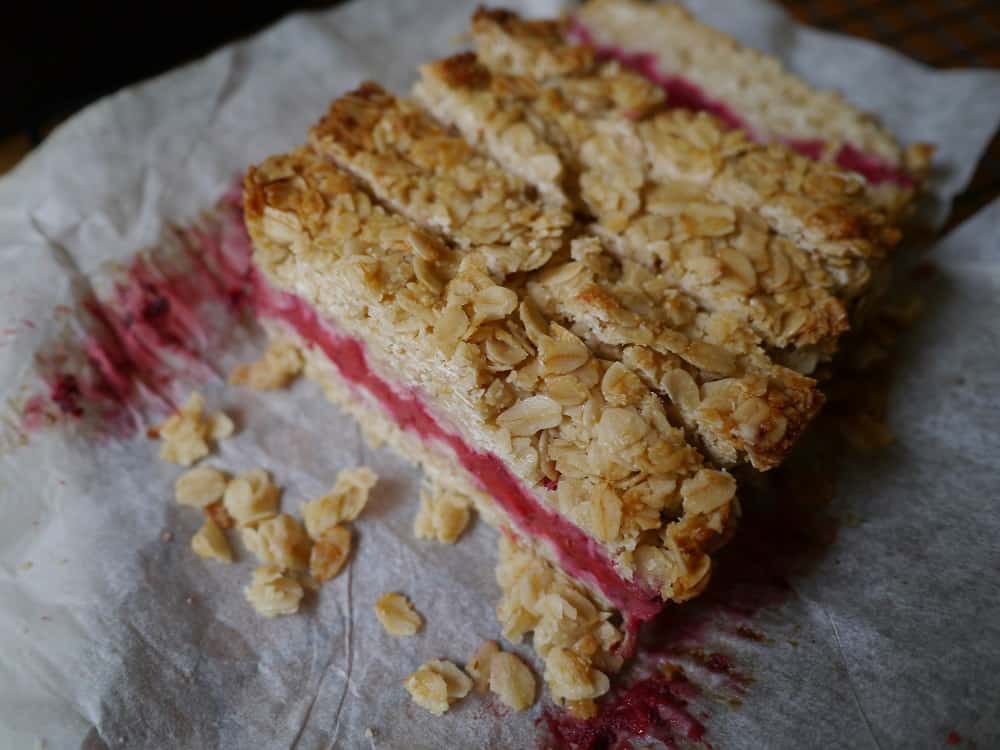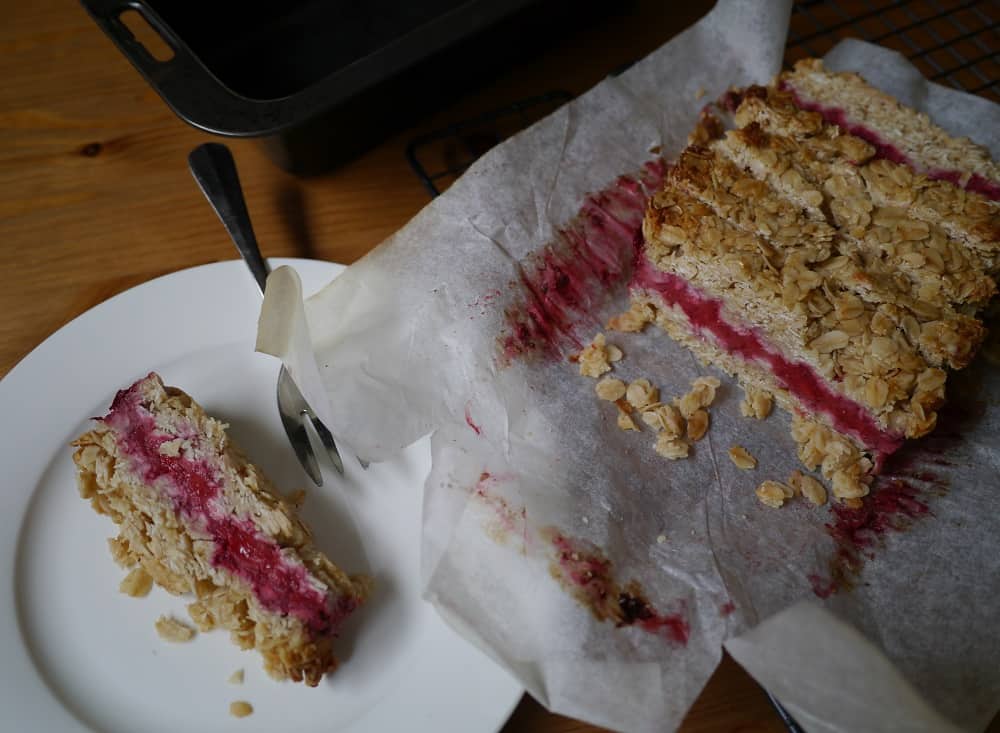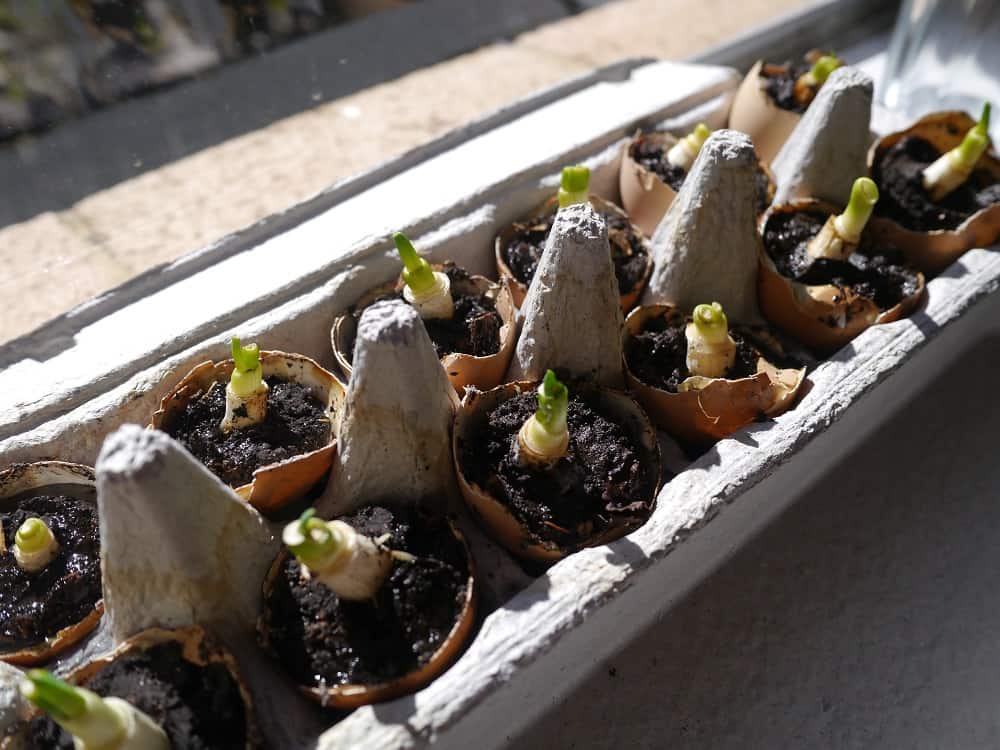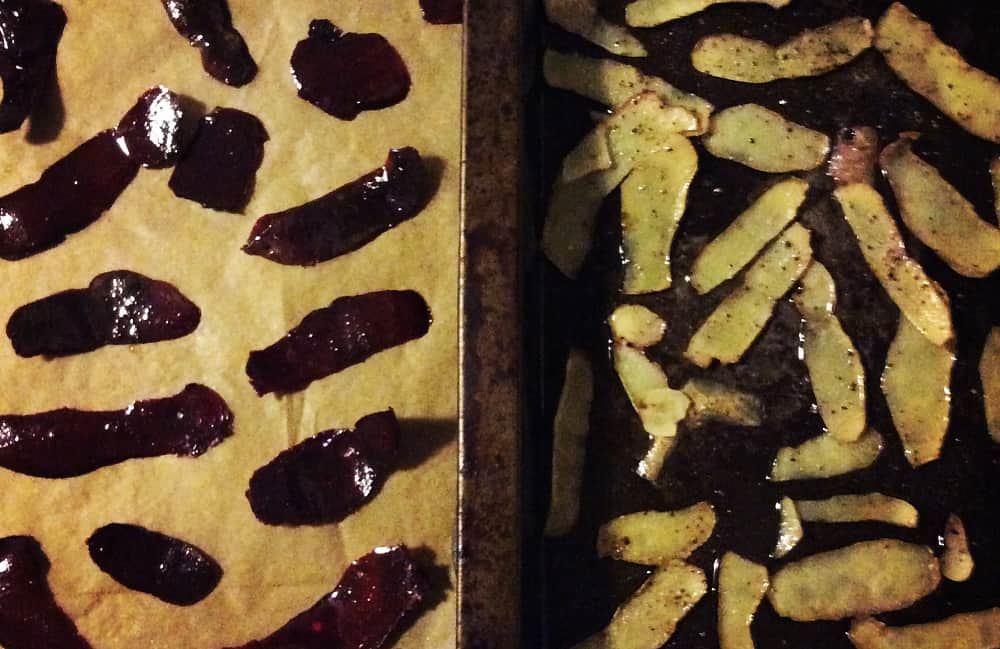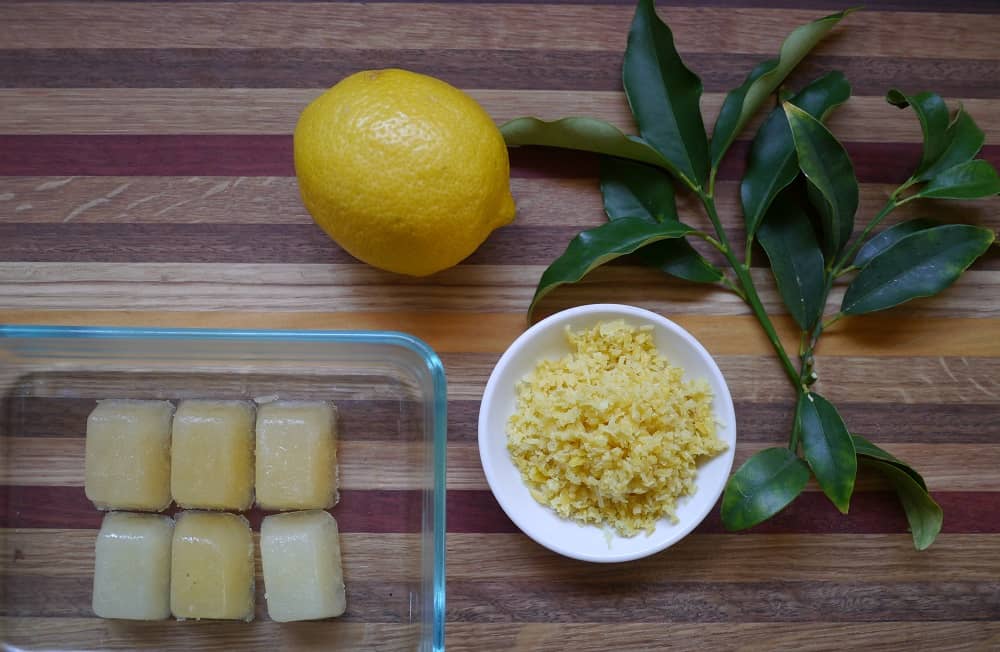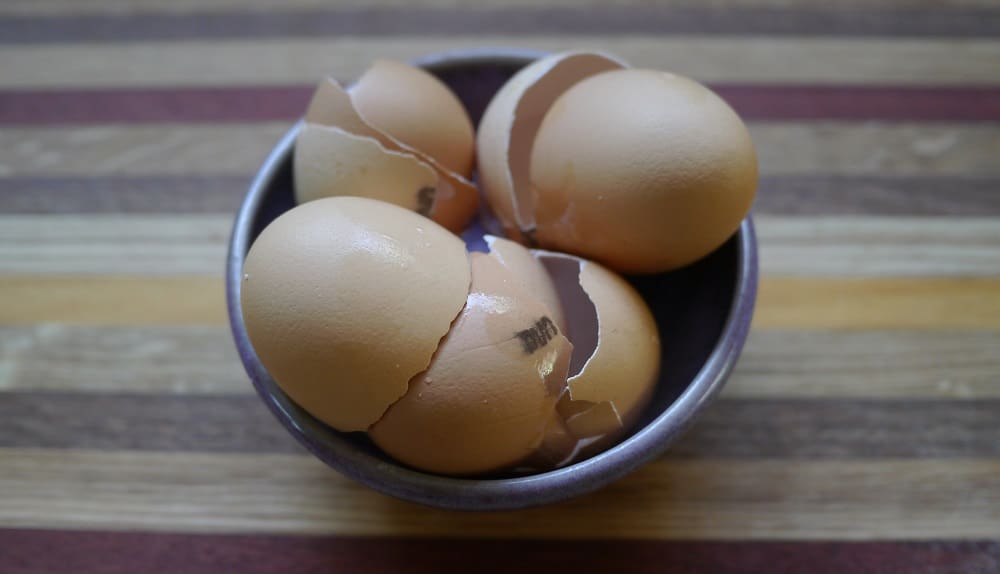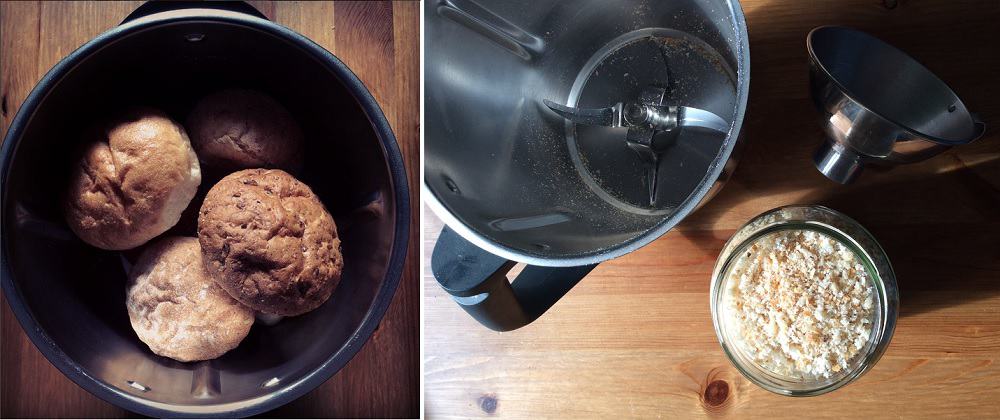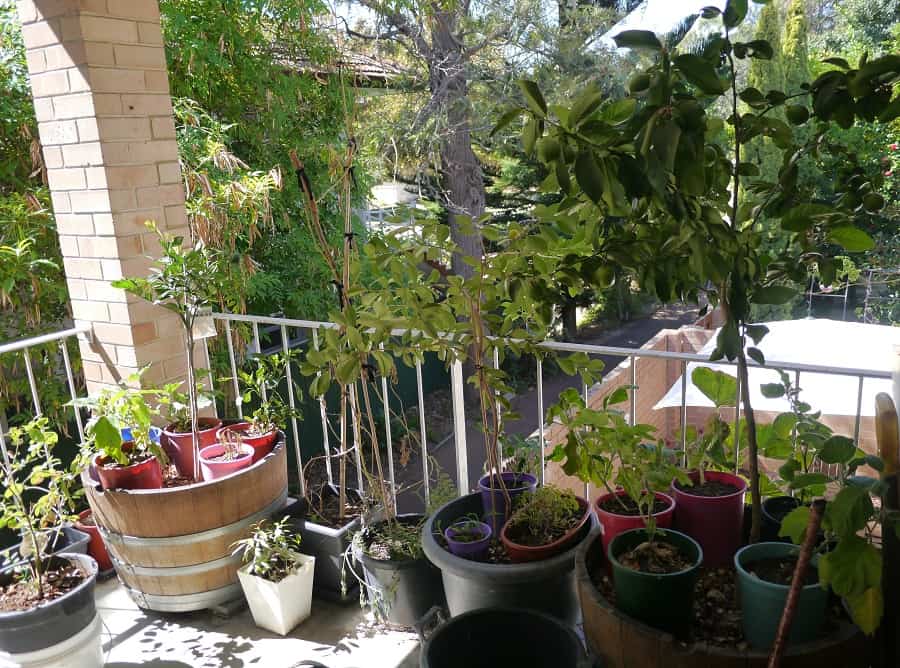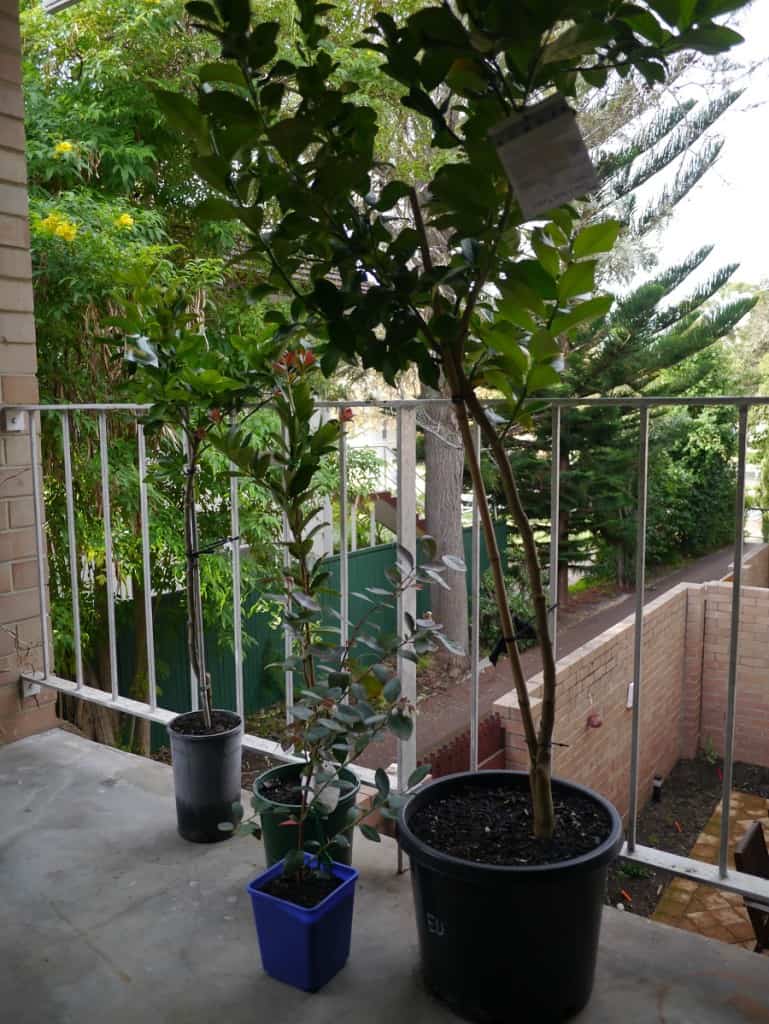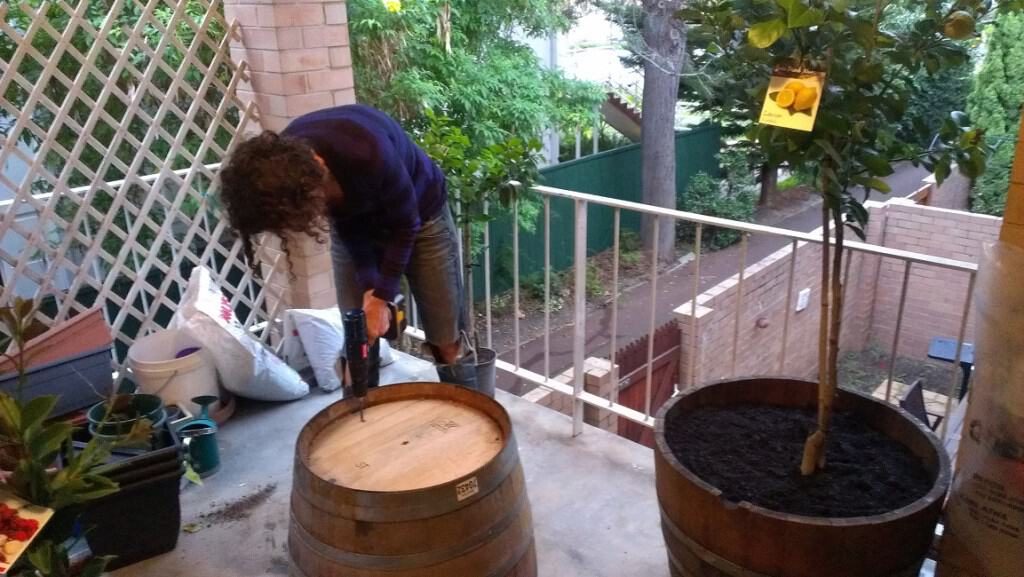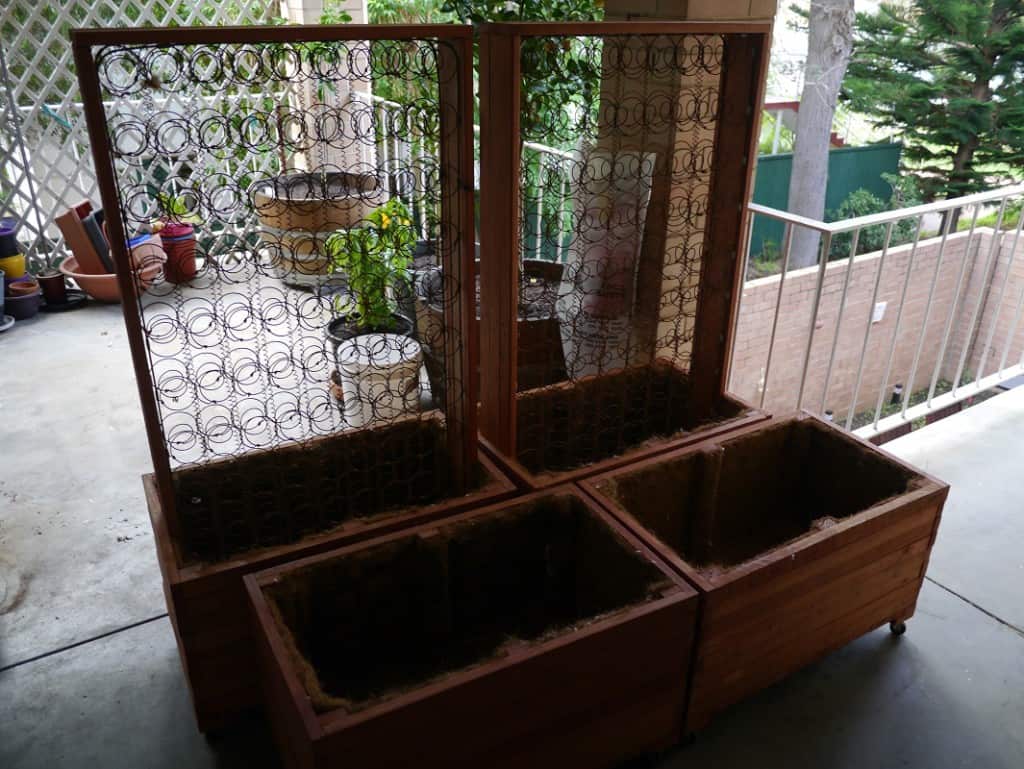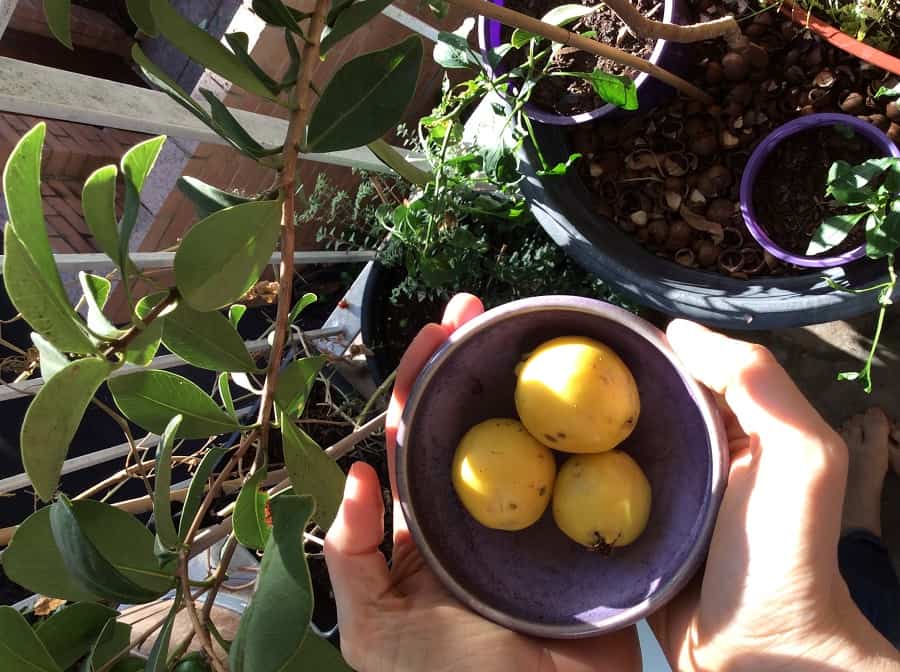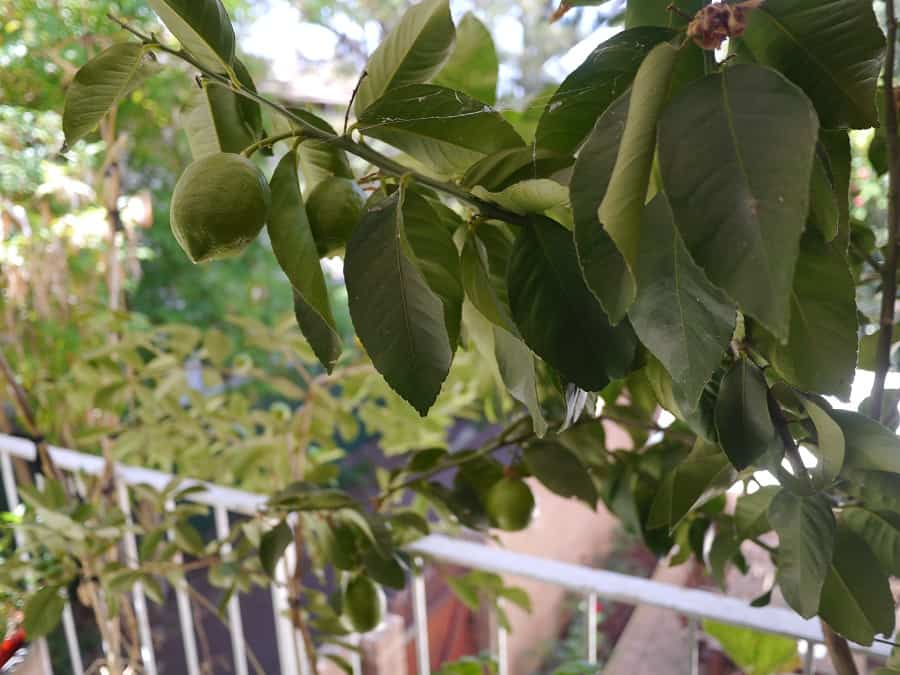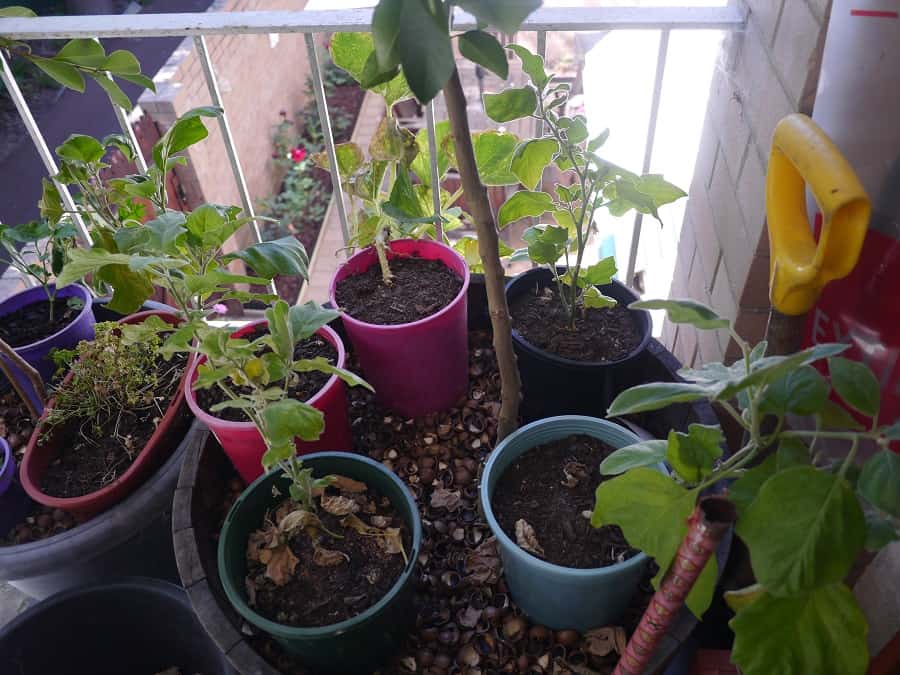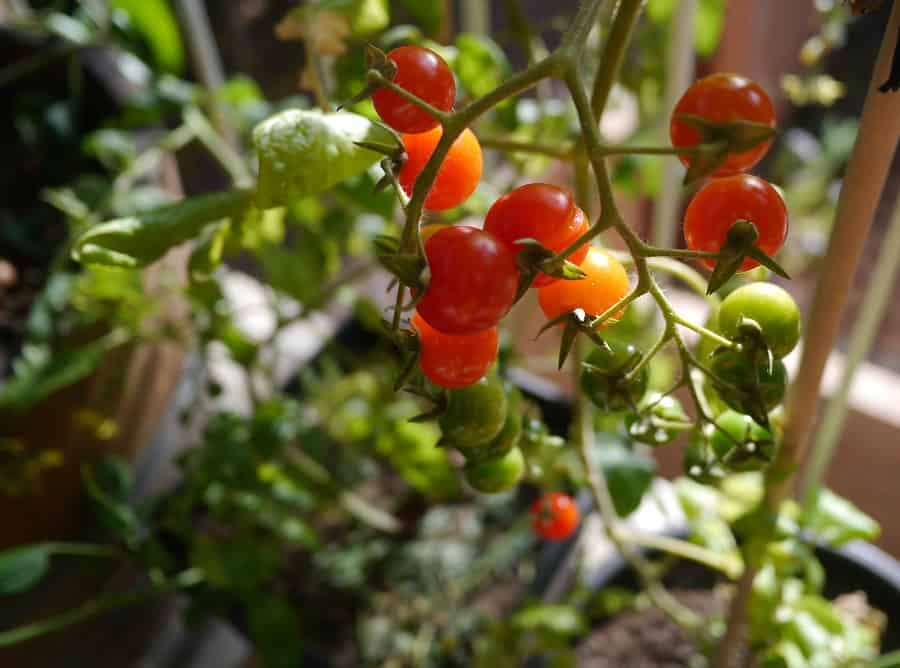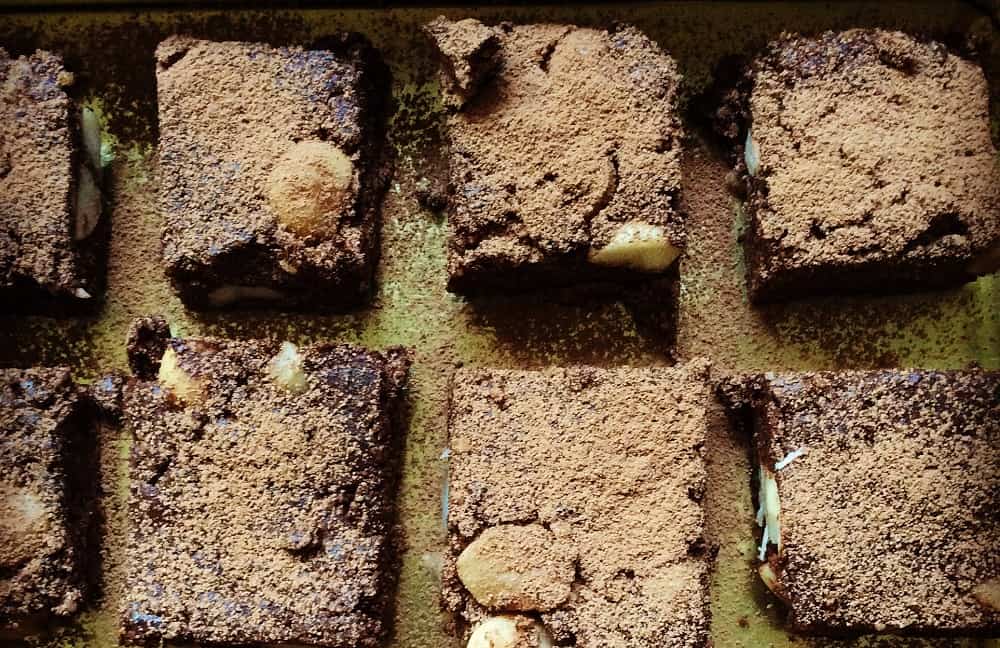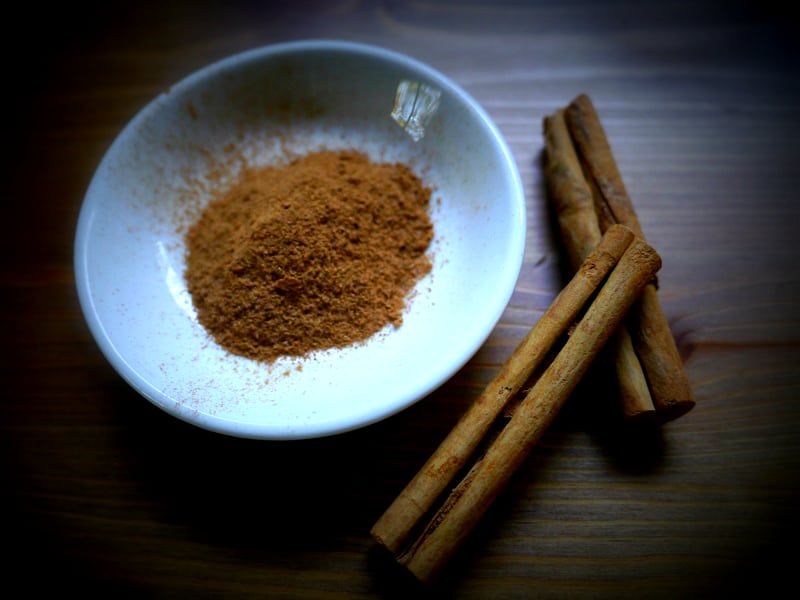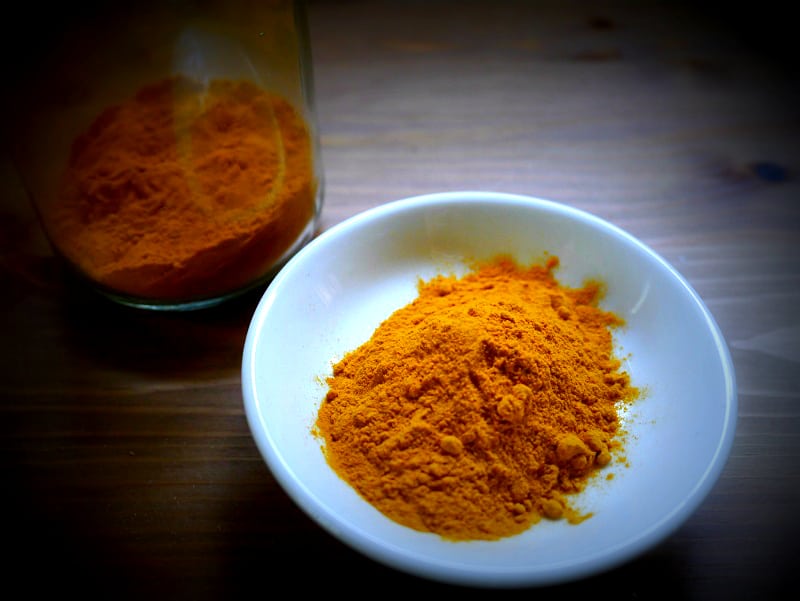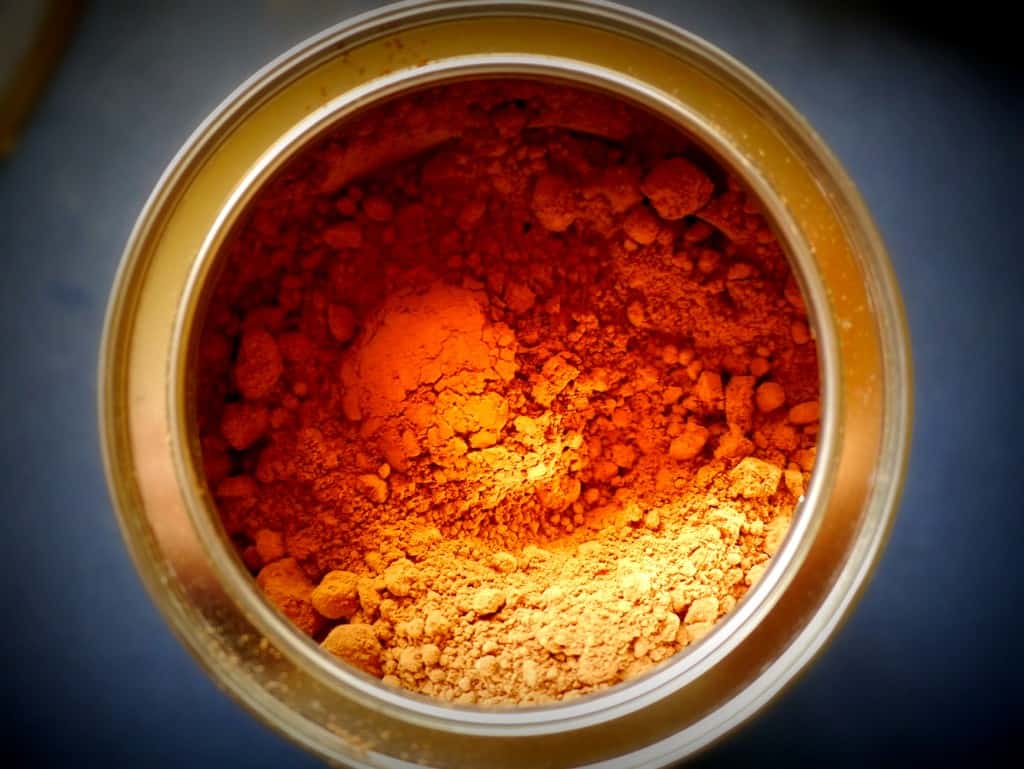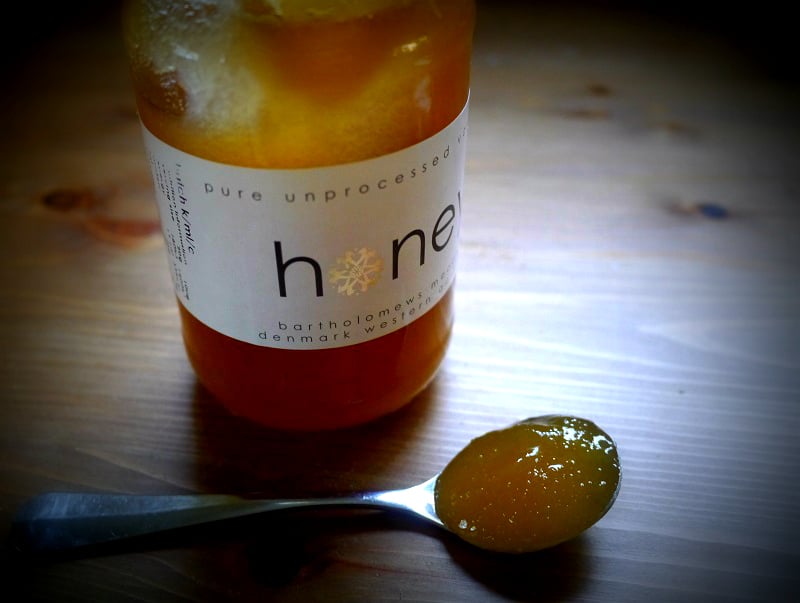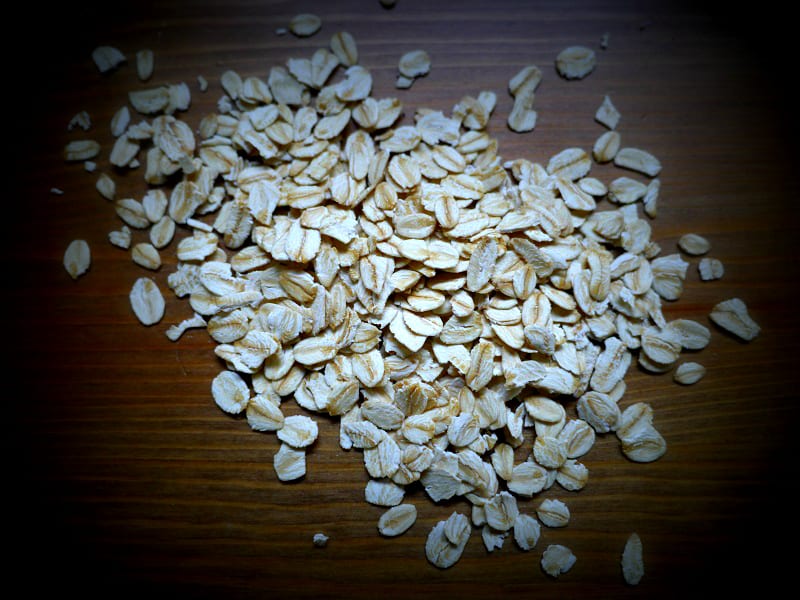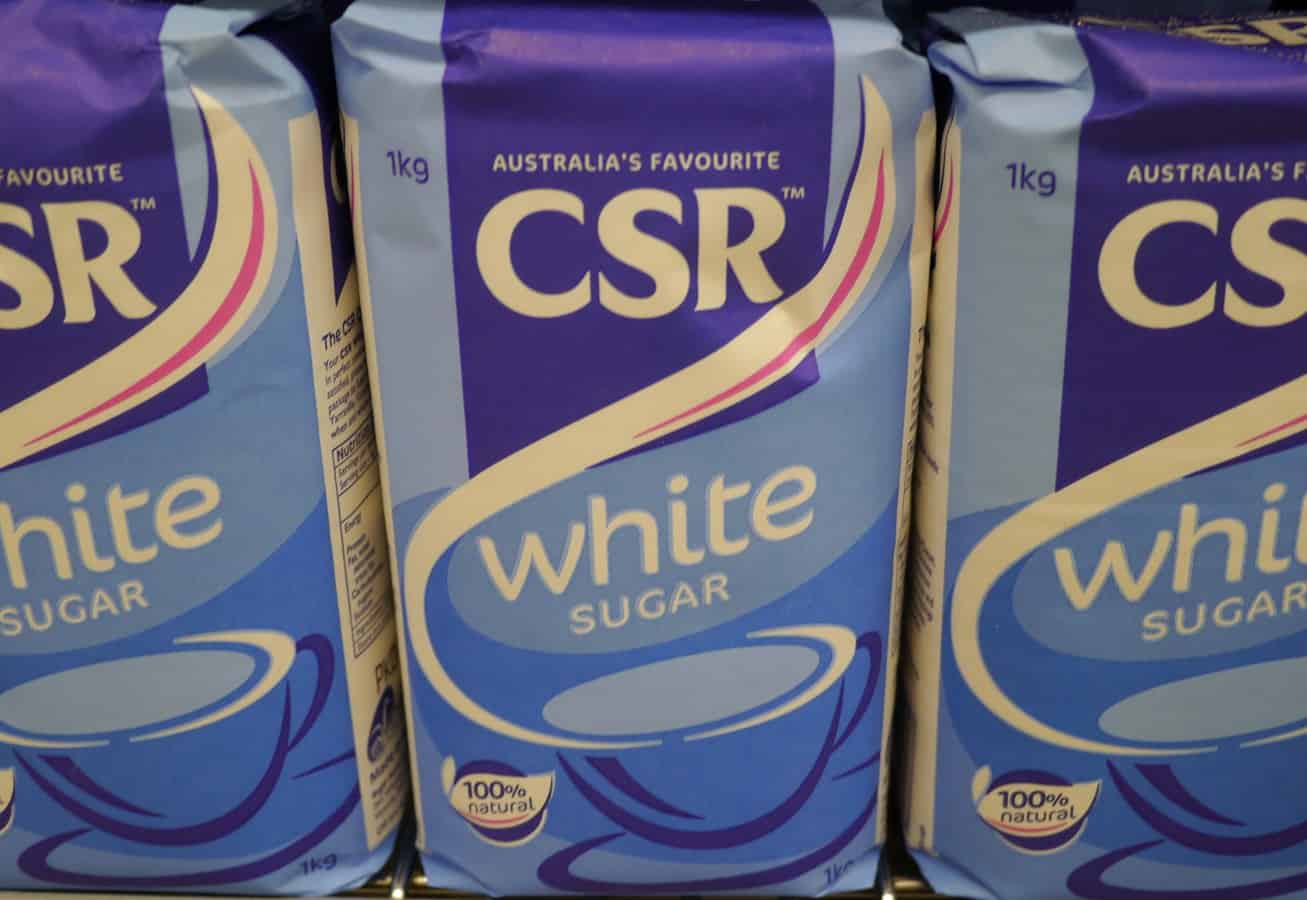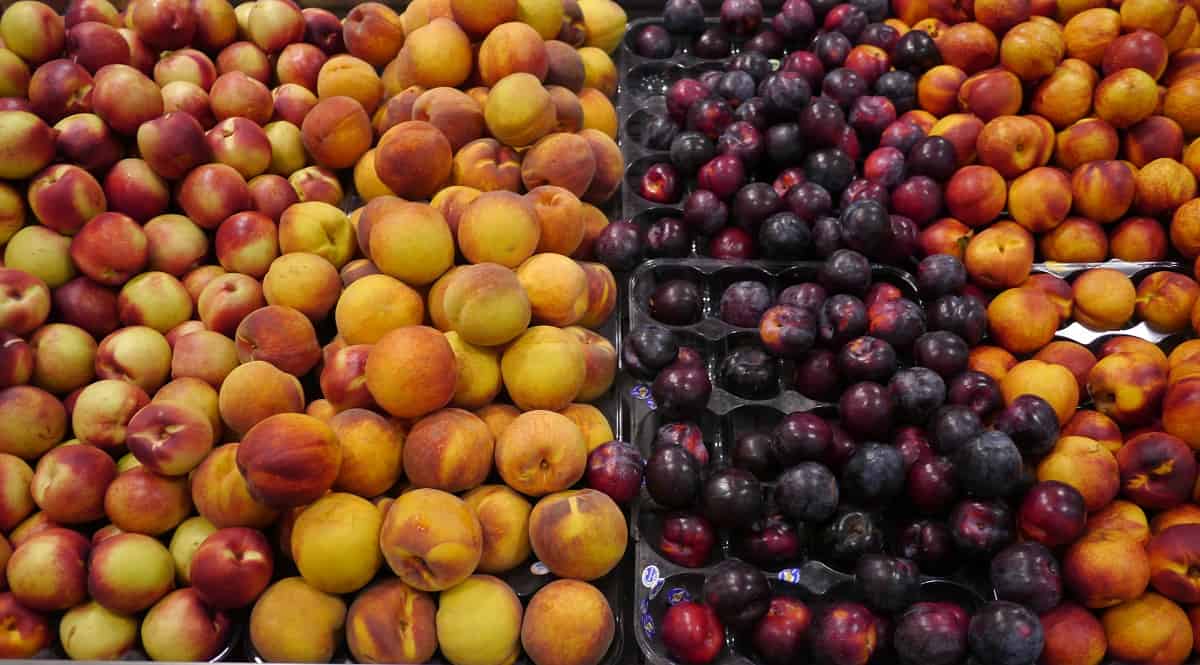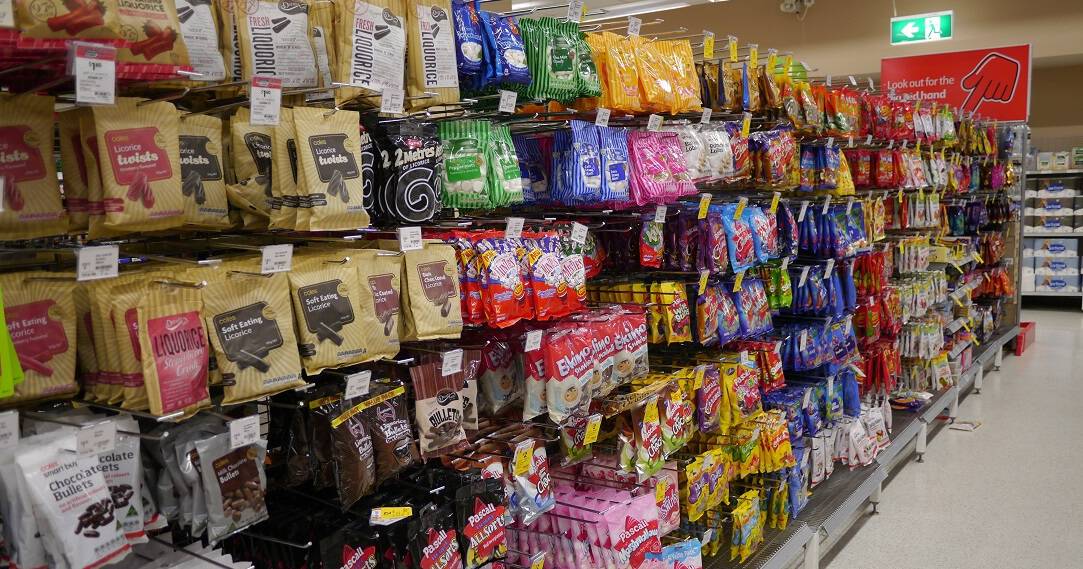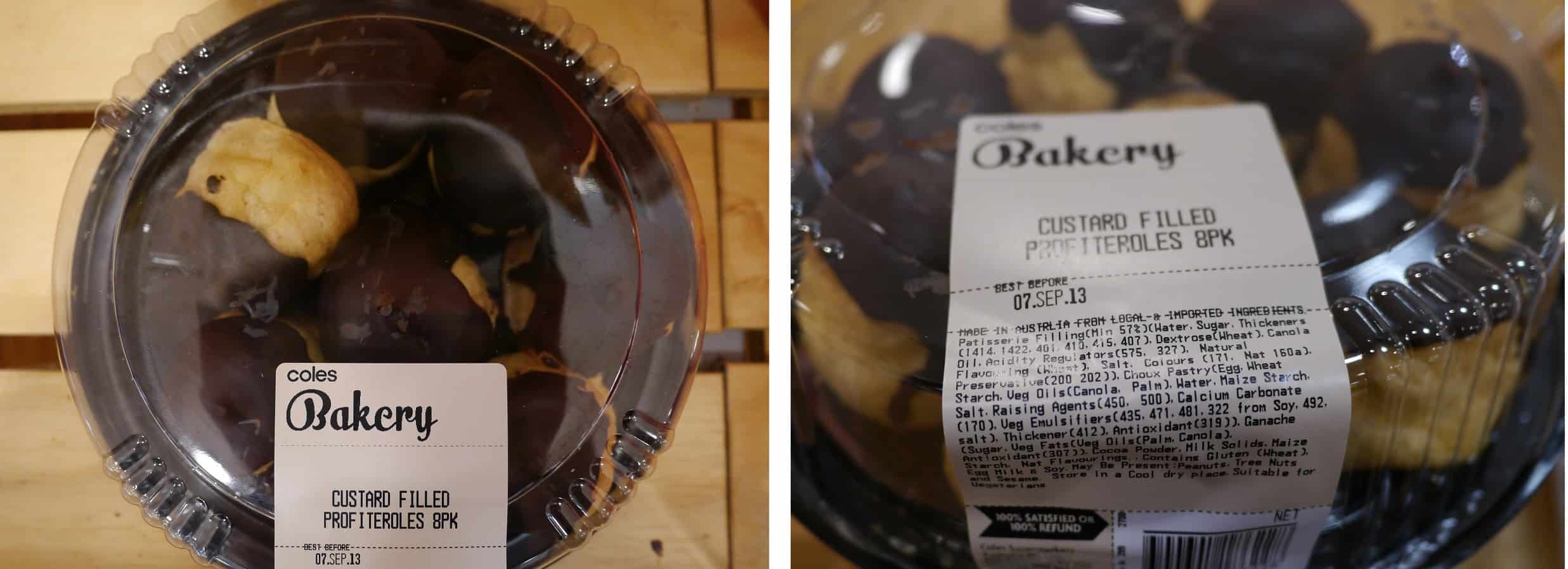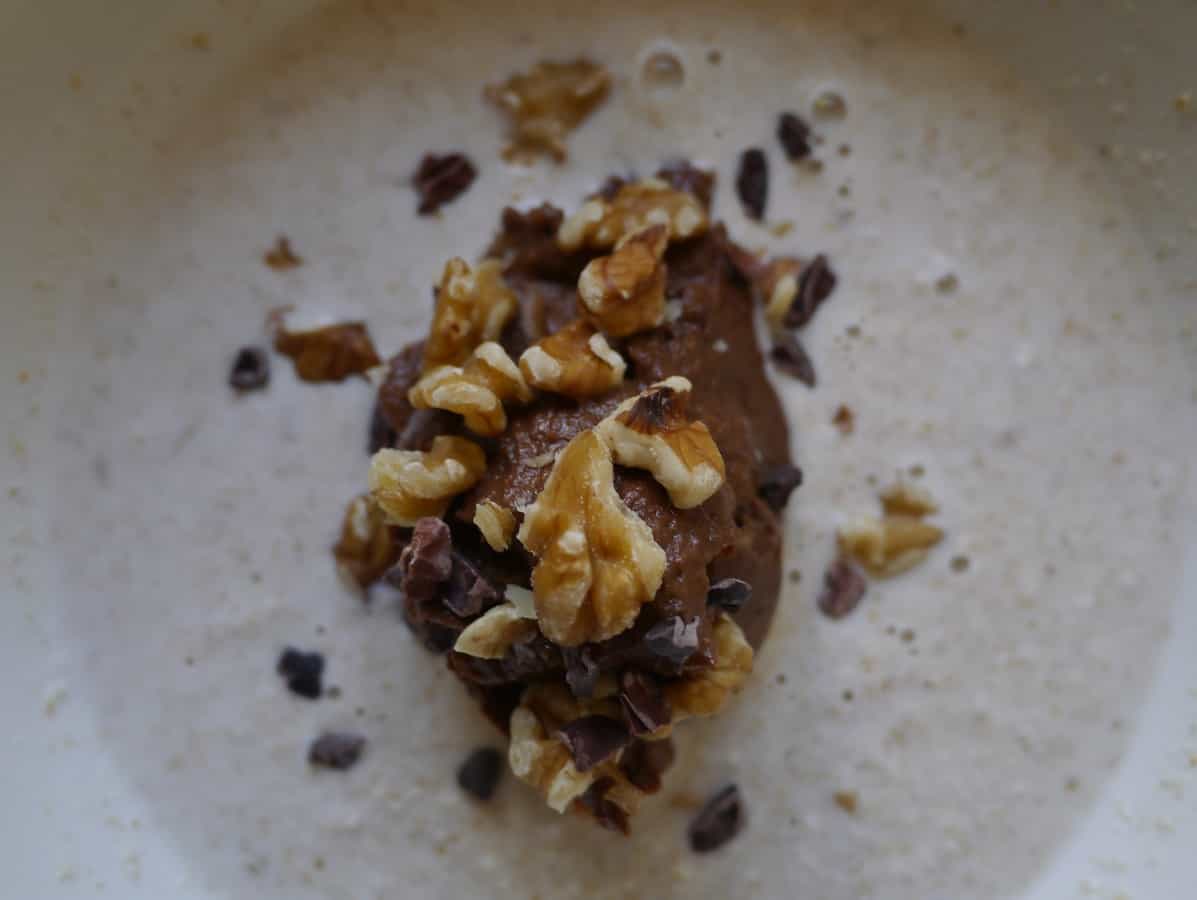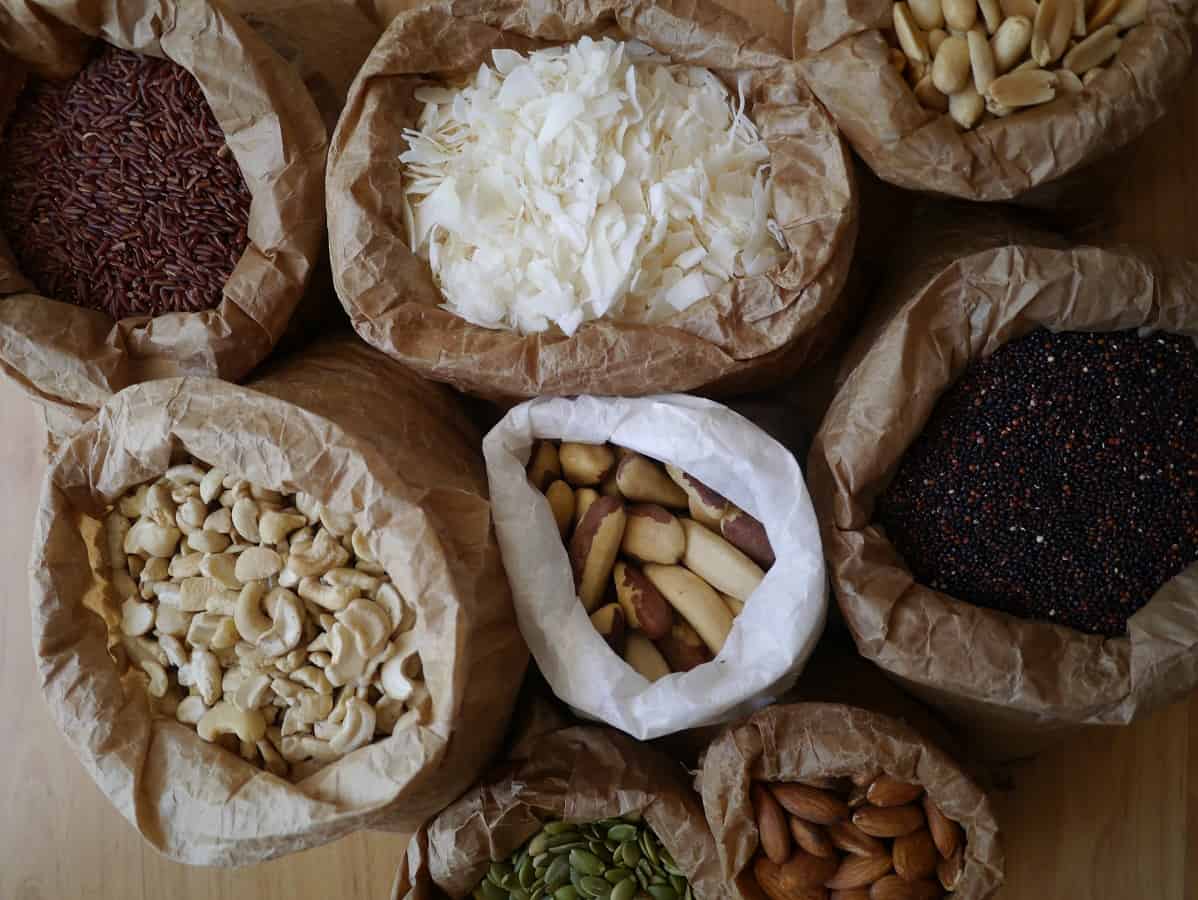Why I Choose a Plant-Based Diet (but no, I’m not a vegan)
The food choices we make have an impact on the planet. There’s 7 billion of us, and we all need to eat, so we’re talking a huge impact. When I quit plastic in 2012, I stopped buying food products in plastic packaging, which meant processed and mass produced food. Initially I was motivated by waste, but then I began to think about how sustainable my food choices were in other ways.
I started shopping locally and buying whole foods and the environmental impact of my diet reduced as a result.
Recently I’ve started hearing more and more about choosing to go vegan to fight climate change, and “eating for the planet” and it got me thinking about my own diet and whether being vegan was the most sustainable choice for me. I’m 99% meat free and this year I committed to aiming for fish-free too. I avoid dairy.
I guess you’d describe my diet as plant-based, but I’m not a vegan. Here’s why:
Why I Choose a Plant-Based Diet
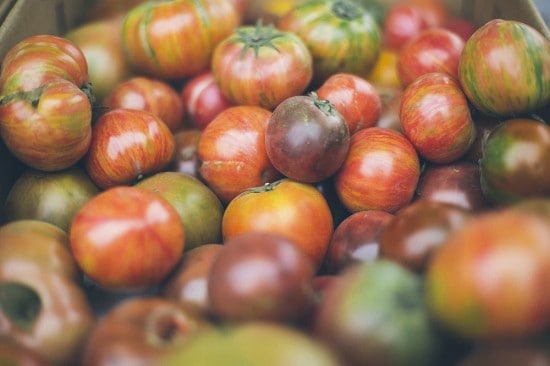
I love vegetables.
I mean I really truly absolutely love vegetables. They are friggin’ delicious. Give me all the vegetables any day! I love the fact they are so varied, so versatile – you can eat them boldly, or you can sneak them into anything.
I love making vegetable-based desserts (it’s far more possible – and delicious – than it sounds).
Did I always love vegetables? Not particularly. But when you step away from the supermarket and go to the Farmers’ Markets and grow your own you discover a whole other world of taste and satisfaction.
Creativity in the kitchen.
Experimenting in the kitchen is my creative outlet. I love mixing things together and trying new combinations, or new ways of doing things…and vegan cooking is a world of opportunity.
Vegan food in the 21st century is super creative, with raw desserts that rival conventional desserts, dairy style products made of nuts that are a million miles away from those processed-fake-cheese-vacuum-packed-blobs and clever ideas like making meringues from leftover chickpea brine that make my mind run overtime.
Fish and plastic in the ocean.
I stopped eating meat a long time ago, but my husband and I have always eaten fish. More and more though, when I see the reports of how much plastic is in the ocean, and in our fish, it makes it seem less appetizing.
If you’ve taken part in a beach or river clean up then you’ll know exactly what I mean! That plastic is being ingested by fish (a study showed 25% of fish contain plastic) and what that means for human health is still being researched.
Plastic aside, the other question is whether there really is sustainable seafood. There’s plenty of issues with fishing – like overfishing, using indiscriminate nets and bycatch.
I’m happier sticking with my vegetables.
Bottle Return Schemes are a pain.
Until recently, my husband still bought dairy milk for his coffee. We bought the milk in glass bottles and returned the containers. Simple – except without a car, returning the bottles was difficult, and we’d end up storing several months worth before we could return them.
Cue a cluttered kitchen and much grumbling. We did it because we cared.
Eventually he decided to switch to nut milk (we use cashew nut milk for coffee, or a blend of 50/50 almond milk:cashew milk if I make both at once). The clutter-free kitchen, the fact it is much harder to run out of cashews than milk and the general ease means he won’t be going back.
The Ethics of the Dairy Industry.
If I’m completely honest with myself, I always knew that the dairy industry wasn’t all happy cows and green grass. But I ate so much dairy (milk and cheese) and liked it so much that I never thought I’d be able to give it up – and so I didn’t think about the ethics. (There’s a term for that. It’s called cognitive dissonance.)
I didn’t want to think about it.
What changed my mind was Plastic Free July. It changed the way I shopped and the types of meals I cooked, and I started buying less dairy and experimenting with nut milks and other alternatives without really intending to.
Once I realised I really wasn’t consuming that much dairy any more, I finally opened my eyes to the dairy industry. Cows produce milk after having a calf, but the farmer doesn’t want the baby drinking the milk, he wants to sell it to us. So the calf is removed (sometimes only hours after birth) – and if it’s a male calf it will often be destroyed (and we’re talking millions per year worldwide). Mothers get no time to bond with their young.
To keep a cow producing milk she needs to give birth every year, as milk production declines over time. So 305 days after calving, she is taken off milk production to gestate another calf (she is given 60 days to rest prior), and the cycle begins again.
It’s industrial agriculture.
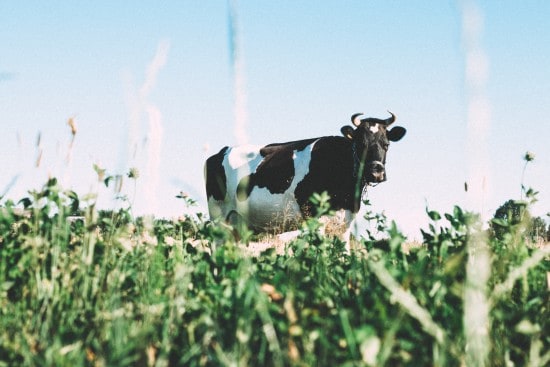
There’s plenty more I could say, but I’ll just say this: personally, supporting the dairy industry doesn’t make me feel good, and I don’t think (in its current form) it’s a sustainable industry in the 21st century. I try to consume as little dairy as possible, and we no longer buy dairy for home.
Out and about, it’s hard to avoid completely and we do what we can.
Why I’m not a Vegan
I’m motivated by sustainability principles.
I’m also motivated by ethics and health, but my guiding value is sustainability. Living in a city in a country with an abundance of fruit and vegetables, it’s very easy for me to choose to eat a plant-based diet.
Were I to live somewhere else where vegetables weren’t so prevalent, my diet would probably be different. I value local and seasonal over big business agriculture and industrial food systems, and that means I won’t rule out non-vegan alternatives. I’m always open to new ideas.
I still eat eggs.
It’s not possible to get B12 from a plant-based diet without eating fortified foods (mass-produced chemical laden cereal and bread? No thanks) and I’d rather get the nutrients I need from food than take supplements.
That said, I’m pretty fussy with my eggs. There is no way I’d eat a battery egg (despite being banned in the EU since 2012, they are still available to buy in Australia) and after the controversial press surrounding labelling of free-range eggs I stick to super local, organic, clearly labelled eggs – or get them from friends.
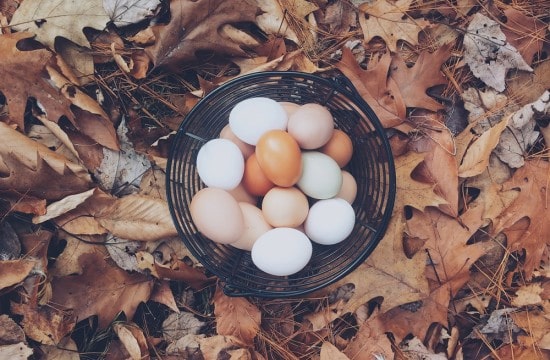
I still eat honey.
Bees are amazing, and honey is a superfood – full of nutrients and thought to be immunity-boosting. I love that it can be produced locally, whereas other minimally processed sugars like coconut sugar are imported. The other alternative? Big business sugar cane sugar with all the nutrients stripped out. No thanks.
I still buy non-vegan fabrics.
As I’ve mentioned before, my goal is to have a wardrobe comprised of almost entirely natural fibres. This means silk and wool (both no-nos for true vegans) will be a part of that. I’ve bought leather in the past but since I’ve learned more about how polluting the leather industry is and the toxic effects of chromium poisoning, I’m avoiding this until I learn more.
I’m a ‘freegan’ more than a vegan.
I’m definitely not into labels or trying to pigeon-hole myself into any kind of category, but I can’t bear waste, and this includes food waste. I’m not bothered so much with the waste of food-like substances like pre-packaged, processed junk food (well, I hate the waste of course, but I’m not gonna eat that stuff!), but if I had the choice between eating a grass-fed organic steak or watching it go in the bin and going hungry, I’d probably opt for the former. Fortunately that kind of dilemma doesn’t happen very often.
To sum up, I’d say that negotiating ethics and morals is a minefield, and there’s almost always compromise somewhere. I’m comfortable with the choices I’ve made. Eating locally produced food as much as possible, seasonal always and small-scale and independent as an ideal, a plant-based diet works for me. But no, I’m not a vegan.
Now it’s your turn to give me your thoughts on this! How would you describe your diet? Do you eat a plant-based diet? Would you call yourself a vegan? Whether yes or no, tell me your reasons! Why have you made the choices you made? Have you changed your diet due to environmental, ethical or sustainability reasons, or is food an area that you’re not willing to compromise with? Is it something you want to change in the future, but you haven’t begun yet? Does the place you live restrict the choices you make? This is such an interesting and juicy topic and I can’t wait to hear your thoughts so please leave a comment below!
[leadpages_leadbox leadbox_id=1429a0746639c5] [/leadpages_leadbox]



